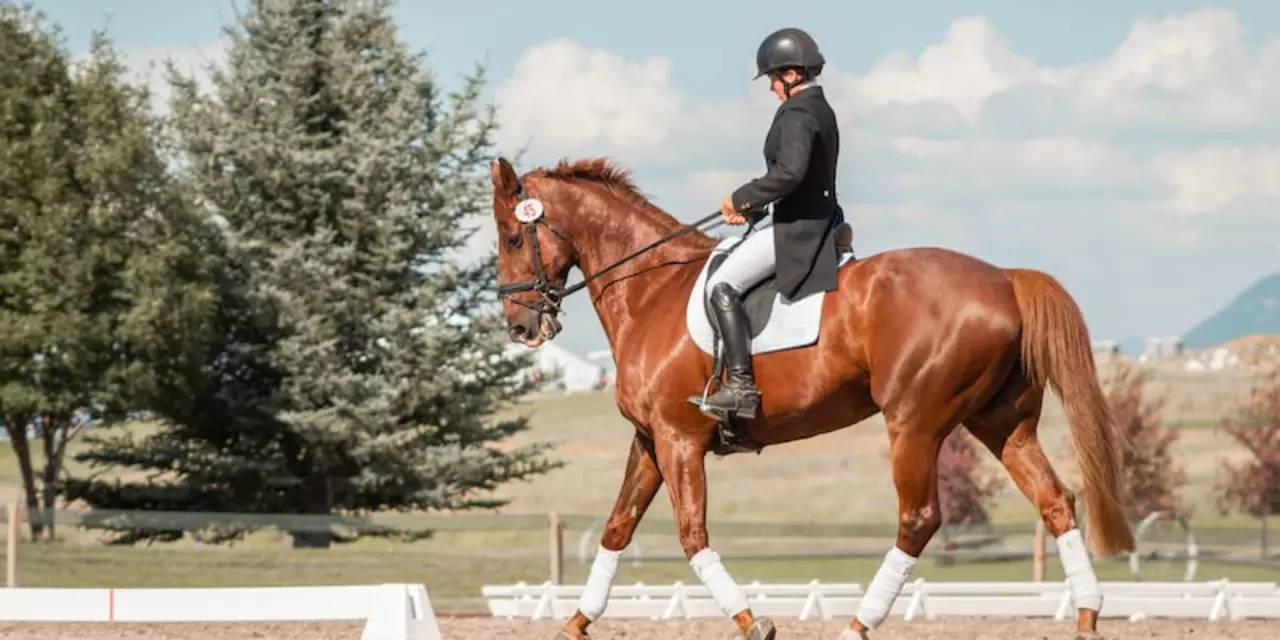Riding – Simple Tips for a Better Ride
If you love the feel of a horse beneath you, you’ll want every ride to be safe, comfortable, and fun. Below you’ll find quick advice that works whether you’re just starting or have been riding for years. No fluff, just the stuff you can use right now.
Essential Riding Gear
A good helmet is non‑negotiable. It protects you when you fall and looks professional. Choose one that fits snugly, has a certified safety label, and replace it after any hard impact.
The right boots make a big difference. Heel‑up riding boots keep your feet from slipping through the stirrups and give you solid balance. If you don’t have boots yet, a pair of sturdy, low‑heeled riding shoes works for short lessons.
Fit matters for saddles and tack too. A saddle that is too narrow or too wide can cause pressure points on the horse’s back, leading to sore muscles and a stubborn animal. Ask your stable manager to check the fit before every ride.
Horse Health & Safety
Horses are built to carry weight, but they need proper conditioning. Warm‑up with a few minutes of walking or light trotting before you ask for a canter. This gets the muscles ready and reduces the risk of soreness.
Watch the horse’s posture. If the animal is pulling its ears back, swishing its tail, or stumbling, something is off. Stop, check the tack, and give the horse a break if needed.
Never overload a horse. The rule of thumb is that a horse can carry about 20% of its own body weight, including the rider and tack. If you’re unsure, ask a trainer to weigh the combined load.
Hydration is key for both rider and horse. Offer fresh water before and after a session, and keep a water bottle handy on longer rides.
Lastly, keep a basic first‑aid kit on hand. Pack gauze, antiseptic wipes, and a pair of scissors. Knowing how to treat a minor cut or a bruised back can save a lot of hassle later.
Putting these tips into practice will make each ride smoother, safer, and more enjoyable. Keep the gear in good shape, respect the horse’s limits, and you’ll find yourself riding with confidence again and again.

Riding a horse can be an enjoyable experience, but it can also be uncomfortable. The saddle is the main source of discomfort, as it is designed to fit the horse’s body, not the rider’s. Poor saddle fit can cause the rider to be unbalanced and cause pain, especially on long rides. Improperly adjusted stirrups can also cause discomfort by trapping the rider in an unnatural position. Other factors that can contribute to discomfort are riding for too long, riding at a fast pace, and riding with incorrect posture. With careful attention to equipment and technique, however, it is possible to have a comfortable and enjoyable ride.
Read more

Clydesdale horses are a breed of draft horse known for their large size, strength and gentle character. They originated in Scotland in the 19th century and have since been used for a variety of purposes, including agricultural and industrial work, show-jumping and even light riding. While they are not traditionally considered a riding horse, Clydesdales can be trained to be ridden, provided they have sufficient training and conditioning. Furthermore, their size and weight make them well-suited to carrying heavier riders, making them an excellent choice for riders who need a larger mount.
Read more

